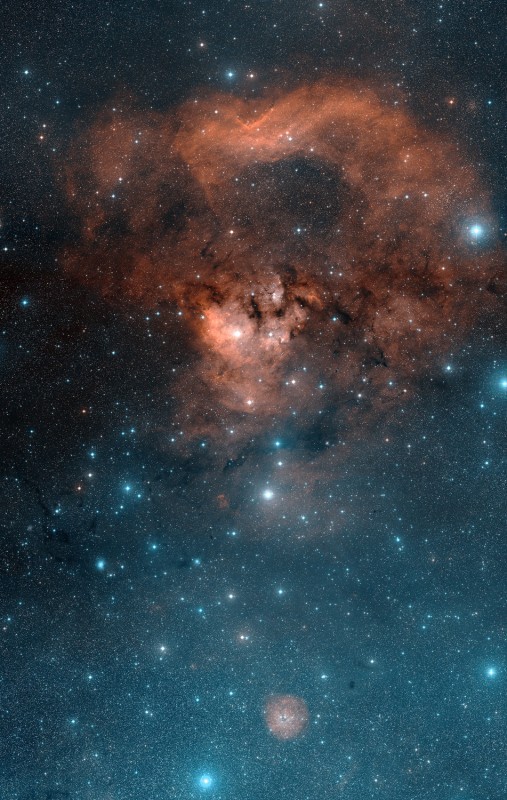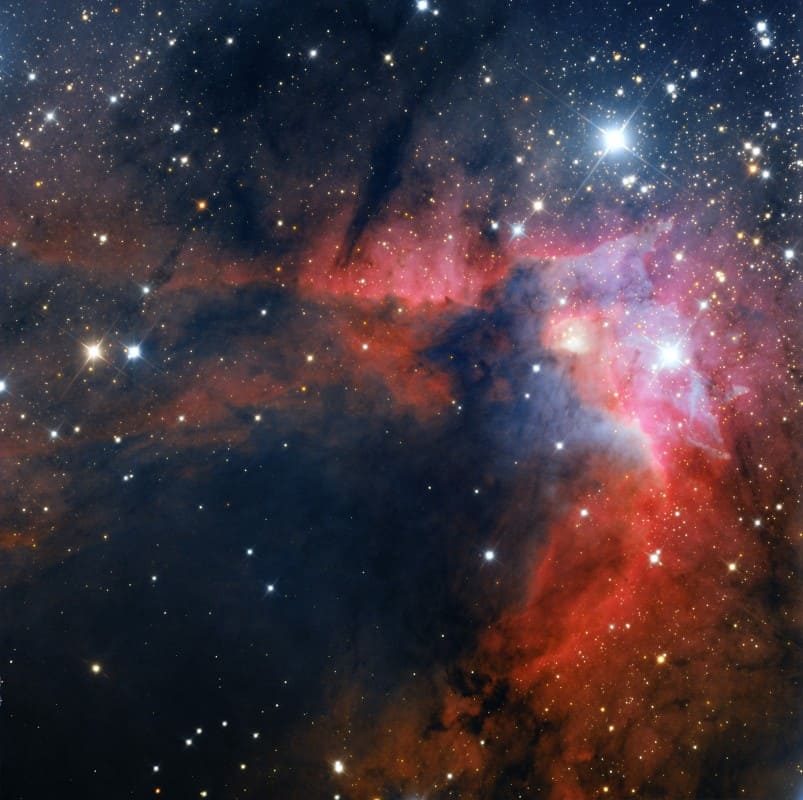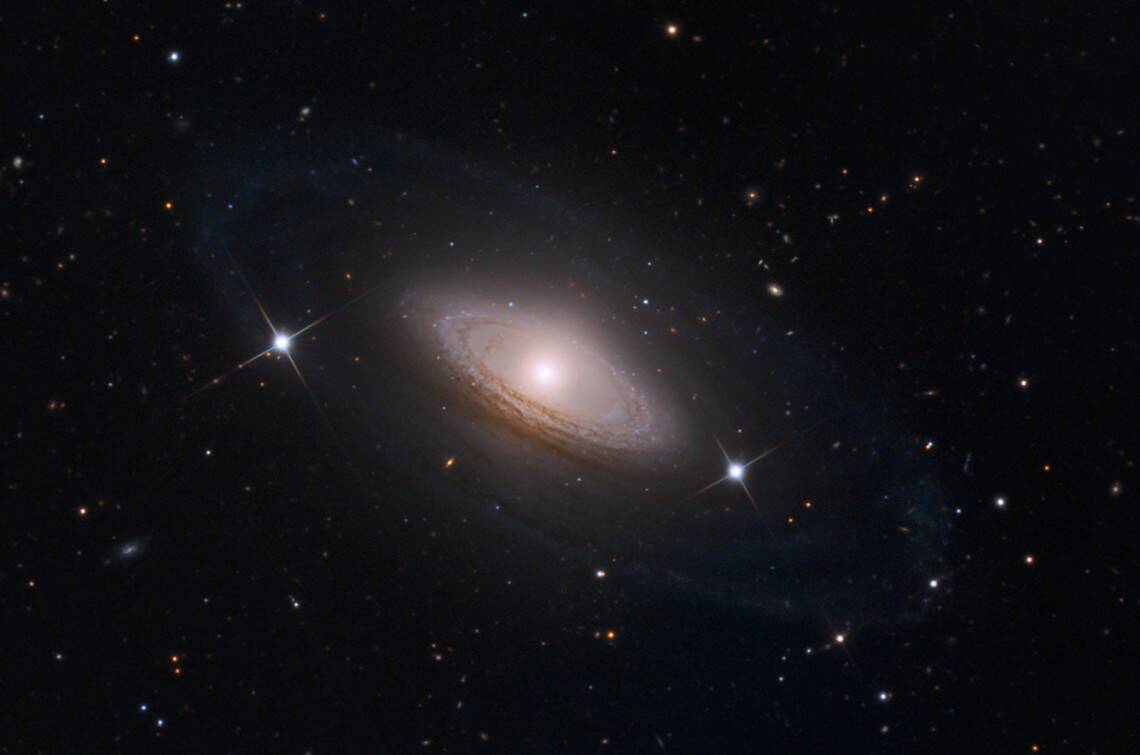Blog
Joe LaBarbera (born February 22, 1948) is an American jazz drummer and composer. He is best known for his recordings and live performances with the trio of pianist Bill Evans in the final years of Evans’s career.[1] Prior to joining Evans he worked in the quartet of Chuck Mangione and Joe Farrell.
He was born in Mount Morris, New York, younger brother to saxophonist Pat LaBarbera, and trumpeter and arranger/composer John LaBarbera. He was formally educated at the Berklee College of Music in Boston, Massachusetts.
After Berklee he spent two years with the US Army band at Fort Dix, New Jersey. He began his professional career playing with Woody Herman and the Thundering Herd, followed by the Chuck Mangione Quartet.
He then moved to New York and spent two years freelancing with a number of notable musicians, including Jim Hall,[2] Phil Woods, Art Farmer, Gary Burton, Art Pepper, John Scofield, Bob Brookmeyer and Toots Thielmans.
more...Ernest Kador Jr. (February 22, 1933 – July 5, 2001), known by the stage name Ernie K-Doe, was an African-American rhythm-and-blues singer best known for his 1961 hit single “Mother-in-Law“, which went to number 1 on the Billboard pop chart in the U.S.
Born in New Orleans, K-Doe recorded as a member of the group the Blue Diamonds in 1954 before making his first solo recordings the following year. “Mother-in-Law“, written by Allen Toussaint, was his first hit, reaching number 1 on both the Billboard pop chart and the Billboard R&B chart. K-Doe never had another top-40 pop hit, but “Te-Ta-Te-Ta-Ta” (number 21, 1961) and “Later for Tomorrow” (number 37, 1967) reached the R&B top 40.
In the 1980s K-Doe did radio shows on the New Orleans community stations WWOZ and WTUL. The shows were known for his explosively energetic announcements and frequent self-promotion (occasionally causing problems for the noncommercial station). K-Doe’s catch phrases included “Burn, K-Doe, Burn!”, “I’m a Charity Hospital Baby!” and (addressed to himself) “You just good, that’s all!”. For a time he billed himself as “Mister Naugahyde”, until he was ordered to desist by the owners of the Naugahyde trademark. K-Doe then explained that it was a misunderstanding; he was actually referring to himself as “Mister M-Nauga-Ma-Hyde”, a word he invented himself.
more...Joseph Benjamin Wilder (February 22, 1922 – May 9, 2014) was an American jazz trumpeter, bandleader, and composer.
Wilder was awarded the Temple University Jazz Master’s Hall of Fame Award in 2006. The National Endowment for the Arts honored him with its highest honor in jazz, the NEA Jazz Masters Award for 2008.
Wilder was born into a musical family led by his father Curtis, a bassist and bandleader in Philadelphia. Wilder’s first performances took place on the radio program, “Parisian Tailor’s Colored Kiddies of the Air.” He and the other young musicians were backed up by such illustrious bands as Duke Ellington‘s and Louis Armstrong‘s that were also then playing at the Lincoln Theater. Wilder studied at the Mastbaum School of Music in Philadelphia, but turned to jazz when he felt that there was little future for an African-American classical musician. At the age of 19, Wilder joined his first touring big band, Les Hite’s band.
Wilder was one of the first thousand African Americans to serve in the Marines during World War II. He worked first in Special Weapons and eventually became Assistant Bandmaster at the headquarters’ band. Following the war during the 1940s and early 1950s, he played in the orchestras of Jimmie Lunceford, Herbie Fields, Sam Donahue, Lucky Millinder, Noble Sissle, Dizzy Gillespie, and finally with the Count BasieOrchestra.
https://www.youtube.com/watch?v=hZihg8kgaTQ
more...World Music with the Flemish group Limbrant
more...RHYTHM ROOTS WORKSHOP 2-21-18
Partnership Resources Inc Minneapolis noon-2pm
Exploring the mysteries of the rhythm forces with the Developmentally Disabled
NGC 7822 is a young star forming complex in the constellation of Cepheus. The complex encompasses the emission region designated Sharpless 171, and the young cluster of stars named Berkeley 59. The complex is believed to be some 800-1000 pc distant, with the younger components aged no more than a few million years. The complex also includes one of the hottest stars discovered within 1 kpc of the Sun, namely BD+66 1673, which is an eclipsing binary system consisting of an O5V that exhibits a surface temperature of nearly 45000 K and a luminosity ~100,000 times that of the Sun. The star is one of the primary sources illuminating the nebula and shaping the complex’s famed pillars of creation-type formations, the elephant trunks
more...Hiroshi Fukumura (福村博) (born February 21, 1949, Tokyo) is a Japanese jazz trombonist.
Fukumura played with Sadao Watanabe for much of the 1970s, excepting a period where he studied in the United States at the New England Conservatory of Music. He led his own quintet, which includedShigeharu Mukai as a sideman, for a studio recording and a live release in 1973. He was a member of Native Son and also worked with Takehiro Honda, Gil Evans, Hidefumi Toki, and others.
more...Nina Simone (/ˈniːnə sɪˈmoʊn/; born Eunice Kathleen Waymon; February 21, 1933 – April 21, 2003 Tryon, NC) was an American singer, songwriter, pianist, arranger, and activist in the Civil Rights Movement. Simone employed a broad range of musical styles including classical, jazz, blues, folk, R&B, gospel, and pop.
Born in North Carolina, the sixth child of a preacher, Waymon aspired to be a concert pianist. With the help of a few supporters in her hometown of Tryon, North Carolina, she enrolled in the Juilliard School of Music in New York.
Waymon then applied for a scholarship to study at the prestigious Curtis Institute of Music in Philadelphia, where she was denied admission despite a well-received audition. Waymon became fully convinced this rejection had been entirely due to racial discrimination. Years later, nine days before her death, the Curtis Institute of Music bestowed on her an honorary degree.
To make a living, Eunice Waymon changed her name to “Nina Simone”. The change related to her need to disguise herself from family members, having chosen to play “the devil’s music” or “cocktail piano” at a nightclub in Atlantic City. She was told in the nightclub that she would have to sing to her own accompaniment, and this effectively launched her career as a jazz vocalist.
Simone recorded more than 40 albums, mostly between 1958, when she made her debut with Little Girl Blue, and 1974. She had a hit in the United States in 1958 with “I Loves You, Porgy”
more...Albert Omega Sears (February 21, 1910 – March 23, 1990) was an American jazz tenor saxophonist and bandleader, sometimes credited as Big Al Sears.
Sears was born in Macomb, Illinois. His first major gig came in 1928 when he replaced Johnny Hodges in Chick Webb‘s ensemble. Following this he played withElmer Snowden (1931–32), then led his own groups between 1933 and 1941. In the early 1940s he was with Andy Kirk (1941–42) and Lionel Hampton (1943-44) before he became a member of Duke Ellington‘s Orchestra in 1944, replacing Ben Webster. He became one of Ellington’s best-known soloists and remained in his employ until 1949, when first Jimmy Forrest and then Paul Gonsalves took over his chair. He played with Johnny Hodges in 1951–52 and recorded the tune “Castle Rock” with him; the tune became a hit but was released under Hodges’s name.
Sears was in Alan Freed‘s band when Freed did live shows, being introduced as “Big Al Sears.” He played as a studio musician on a variety of R&B albums in the 1950s and recorded two albums for Swingville Records in 1960. He also owned several record labels, including Arock, Serock, and Gator.[1]
In 1990 he died in St. Albans, New York, at the age of 80
more...RHYTHM ROOTS WORKSHOP
Tuesday 2-20-18
Partnershop Resources Inc St Louis Park, MN
Noon-2pm
Working with the Developmentally Disabled community accessing the inner
more...Sh2-155 (also designated Sharpless 155 or S155) is a diffuse nebula in the constellation Cepheus, within a larger nebula complex containing emission, reflection, and dark nebulosity. It is widely known as the Cave Nebula, though that name was applied earlier to Ced 201, a different nebula in Cepheus. Sh2-155 is an ionizedH II region with ongoing star formation activity, at an estimated distance of 725 parsecs (2400 light-years) from Earth.
Sh2-155 was first noted as a galactic emission nebula in 1959 in the extended second edition of the Sharpless catalogue, being a part of the much larger Cep OB3 Association. Although Sh2-155 is relatively faint for amateur observation, some of its structure may be seen visually through a moderately sized telescope under dark skies.
Sh2-155 lies at the edge of the Cepheus B cloud (part of the Cepheus molecular cloud), and is ionized by young stars from the Cep OB3 association. It has been suggested that radiation from the hot O-type star HD 217086 is compressing the region, triggering the formation of a new generation of stars. A study of the region’s young stellar objects by the Chandra X-ray Observatory and Spitzer Space Telescope shows a progression of stellar ages in front of the cloud, supporting the hypothesis of triggered star-formation
more...Leroy Jones (b. February 20, 1958) is a jazz trumpeter from New Orleans, Louisiana. Jones began playing trumpet at the age of ten, and by the time he was 12 was leading the Fairview Baptist Church Marching Band, a group of young musicians organized by guitar– and banjo-player Danny Barker. When the musicians’ union forced Barker to disband the group in 1974, Jones became a union musician and took over the running of the group, renamed the Hurricane Brass Band, himself. In 1975 or 1976 he left the group, touring for a time with Eddie Vinson and Della Reese before forming his own group, the Leroy Jones Quintet.[2] In 1991 Jones joined the big band of Harry Connick, Jr., and the exposure with Connick’s band (including the opportunity for the Leroy Jones Quintet to open for Connick, which they did in 1994), led to Jones’ releasing his first album under his own name; Mo’ Cream From The Crop came out on the Columbia Records label in 1994. The Leroy Jones Quintet continues to tour and record, and since 2004 Jones has also appeared with the Preservation Hall Jazz Band and Dr. John.
more...Charles Kynard (20 February 1933 – 8 July 1979) was an American soul jazz/acid jazz organist born in St. Louis, Missouri.
Kynard first played piano then switched to organ and led a trio in Kansas City including Tex Johnson (flute, sax) and Leroy Anderson (drums). In 1963, he settled to Los Angeles and his band featured guitarists Cal Green and Ray Crawford, drummer Johnny Kirkwood.
https://www.youtube.com/watch?v=J2_w4pKWRo8
more...James Edwards Yancey (February 20, 1894 or 1895 or 1901 – September 17, 1951) was an American boogie-woogie pianist, composer, and lyricist. One reviewer described him as “one of the pioneers of this raucous, rapid-fire, eight-to-the-bar piano style”.
Yancey was born in Chicago. There is uncertainty over his birth year: at different times he stated 1900 and 1903, and other sources give 1894 or 1898.
Researchers Bob Eagle and Eric LeBlanc suggest 1901
more...World Fusion with Noel Quinlan from Australia
more...NGC 4698 is a barred spiral galaxy located around 55 million light years away from Earth in the constellation of Virgo. It belongs to the Virgo Cluster of galaxies and is positioned near the northeastern edge of this assemblage. The morphological classification of NGC 4698 in the De Vaucouleurs system is SA(s)ab, which indicates a purely spiral structure with moderate to tightly wound arms. It is inclined to the line of sight from the Earth by an angle of 53° along a position angle of 170°.
A unique feature of this galaxy is that the stars and dust of the nuclear disk are rotating in a direction that is aligned perpendicularly to the galactic disk. Thebulge likewise appears elongated out of the galactic plane. This unusual alignment may have been the result of a past merger event.
NGC 4698 is classified as a Seyfert-2 galaxy with an active galactic nucleus, which displays a prominent emission of radio and X-ray energy from the core while showing narrow emission lines in the optical spectrum. The unified model of Seyfert galaxies proposes that the nucleus of a Seyfert 2 galaxy is obscured by a thick torus of gas and dust. However, the varying X-ray emission of the core of NGC 4698 shows little indication of being obstructed, suggesting instead that the source of the energy emission is generally unobscured but anemic in nature
more...More Posts
- Jack Casady
- Eddie Marshall
- Bud Freeman
- World Music with the Kasai Allstars feat Basokin
- Daily Roots with Jackie Mittoo
- The Cosmos with NGC 2024
- Herbie Hancock
- Shakey Jake Harris
- Hound Dog Taylor
- Johnny Dodds
- World Music with Douglas Felipe
- Daily Roots with the Aggrovators
- Will Wampach
- The Cosmos with Caldwell 99
- Neville Staple
- Luther ‘Guitar Jr.’ Johnson
- Jimmy Lewis
- John Levy
- World Music with Galandum Galundaina
- Daily Roots with Johnny Clarke




